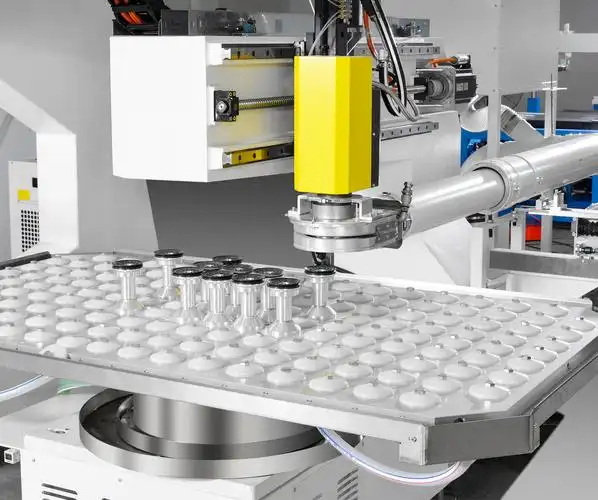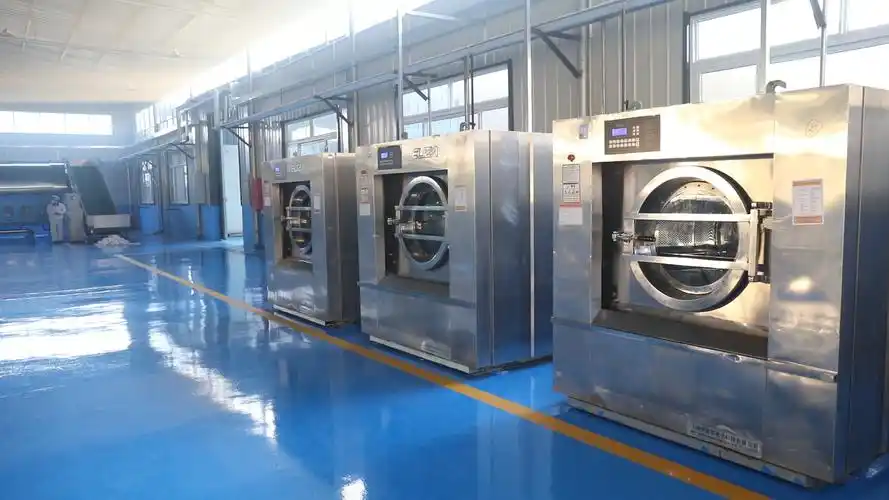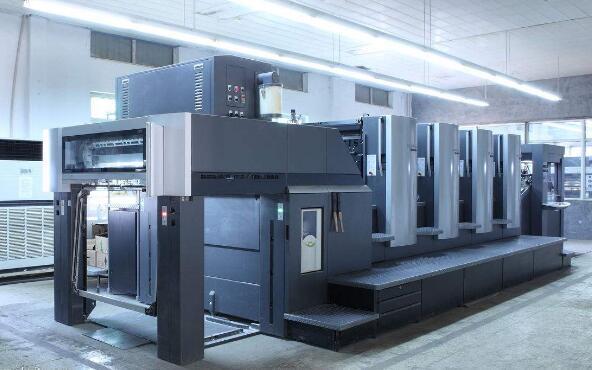
Robotics industry
Providing solutions for industrial equipment power
Robotics industry
Summary
Specialized motors are widely and critically used in the robotics industry, and their performance directly affects the robot's motion accuracy, response speed, load capacity, and reliability. The following explains this from different robot types and core application scenarios:
I. Industrial Robotics Field
Industrial robots need to perform high-precision, high-load repetitive operations, placing extremely high demands on the motor's torque, speed control, and durability.
1. Servo Motor
- Application Scenarios : Joint drive of six-axis robots, SCARA robots, and collaborative robots.
- Core Function :
- Provides precise position and speed control, ensuring the accuracy of the robot's motion trajectory (such as welding, assembly, and handling).
- High response speed and dynamic performance, adapting to high-speed starts and stops and frequent direction changes (such as part picking on automotive production lines).
- Cooperates with encoders to achieve closed-loop control, providing real-time feedback on position information, and improving operational accuracy (errors can be controlled to the 0.01mm level).
- Technical Characteristics :
- High power density (such as 200W~50kW models), supporting high loads (such as handling robots that can carry hundreds of kilograms).
- Uses rare-earth permanent magnet materials, with efficiency exceeding 90%, reducing energy consumption.
2. Stepper Motor
- Application Scenarios : Linear axis drive of small assembly robots, 3D printing robots, and coordinate robots.
- Core Function :
- Achieves precise positioning under open-loop control, without feedback devices, reducing costs (suitable for scenarios with moderate accuracy requirements).
- Low-speed, high-torque characteristics, suitable for short-distance, high-frequency start-stop movements (such as PCB board insertion robots).
- Technical Characteristics :
- Small step angle (such as 1.8°), and resolution can be further improved through subdivision technology.
- Simple structure, easy maintenance, suitable for harsh industrial environments (such as dust and oil-stained scenarios).
II. Service Robotics Field
Service robots need to balance flexibility, quiet operation, and battery life, placing strict demands on the motor's size, energy efficiency, and control accuracy.
1. Brushless DC Motor (BLDC)
- Application Scenarios : Drive wheels and steering mechanisms of sweeping robots, delivery robots, and medical care robots.
- Core Function :
- Low-noise operation (noise <50dB), meeting the needs of indoor service scenarios (such as hotel delivery and hospital guidance).
- High efficiency (up to 85% or more) and long lifespan (tens of thousands of hours), extending battery life (such as sweeping robots working for more than 2 hours on a single charge).
- Supports PWM speed regulation, flexibly controlling the robot's movement speed (such as low-speed obstacle avoidance and high-speed cruising of delivery robots).
- Technical Characteristics :
- Small size (diameter can be less than 30mm), facilitating miniaturization of the robot design.
- Brushless structure, reducing wear and electromagnetic interference, suitable for integration with precision electronic equipment.
2. Hollow Cup Motor
- Application Scenarios : Precision joint drive of bionic robots and minimally invasive surgical robots.
- Core Function :
- Ultralight, high response (extremely low rotational inertia), achieving agile movements of bionic robots (such as the mechanical arm imitating the flexibility of a human wrist).
- Low starting voltage (as low as 3V) and high energy density, suitable for micro-robots (such as capsule endoscopy robots).
- Technical Characteristics :
- Efficiency as high as 90%, with a volume only 1/3 that of traditional motors at the same power.
- Speed up to 100,000 rpm, meeting the needs of high-speed micro-operations (such as cell picking).
III. Special Robots Field
Special robots need to adapt to extreme environments (such as high temperature, high pressure, and radiation), placing extremely high demands on the motor's reliability and protection performance.
1. Explosion-proof Motor
- Application Scenarios : Drive system of petrochemical inspection robots and coal mine rescue robots.
- Core Function :
- Uses explosion-proof housings and explosion-proof sealing designs to prevent electric sparks from causing explosions (complying with ATEX, IECEx, and other explosion-proof standards).
- Dust-proof and corrosion-resistant, adapting to flammable and explosive environments (such as oil and gas pipeline inspection and mine gas monitoring).
- Technical Characteristics :
- Protection level up to IP68, supporting long-term operation in underwater or dusty environments.
- High-reliability design, with a mean time between failures (MTBF) exceeding 100,000 hours.
2. Linear Motor
- Application Scenarios : Linear motion axis of semiconductor wafer handling robots and laser cutting robots.
- Core Function :
- Direct drive without a transmission chain, avoiding mechanical gaps, achieving nanometer-level accuracy (such as wafer positioning in semiconductor equipment).
- High-speed movement (speed up to 10m/s) and high acceleration (10g or more), improving production efficiency (such as high-speed mounting of electronic components).
- Technical Characteristics :
- Uses coreless or cored designs to adapt to different load requirements (thrust range from several Newtons to tens of thousands of Newtons).
- Low vibration, low noise, suitable for cleanroom environments (such as chip manufacturing workshops).
IV. Technological Development Trends of Robot Motors
- Integration and Modularization : Integration of motors with reducers, sensors, and controllers (such as servo motor + harmonic reducer joint modules), simplifying robot structure.
- Intelligence : Built-in encoders, temperature sensors, and diagnostic chips, supporting self-diagnosis of faults and predictive maintenance (such as real-time monitoring of motor status through the Internet of Things).
- High Efficiency and Energy Saving The popularization of rare-earth permanent magnet materials and flat wire winding technology further improves motor efficiency (target energy efficiency level IE5+).
- Lightweight Carbon fiber shell, hollow cup structure, etc., reduce the overall weight of the robot (e.g., 30% weight reduction of the joint motor of a humanoid robot).
Summary
Special motors are the "heart" of robots, and their performance directly determines the application boundaries of robots. With the advancement of servo control, materials science, and intelligent manufacturing technologies, future robot motors will develop towards higher precision, stronger power, and greater intelligence, driving innovation in industrial automation, medical health, logistics and distribution, and other fields.








